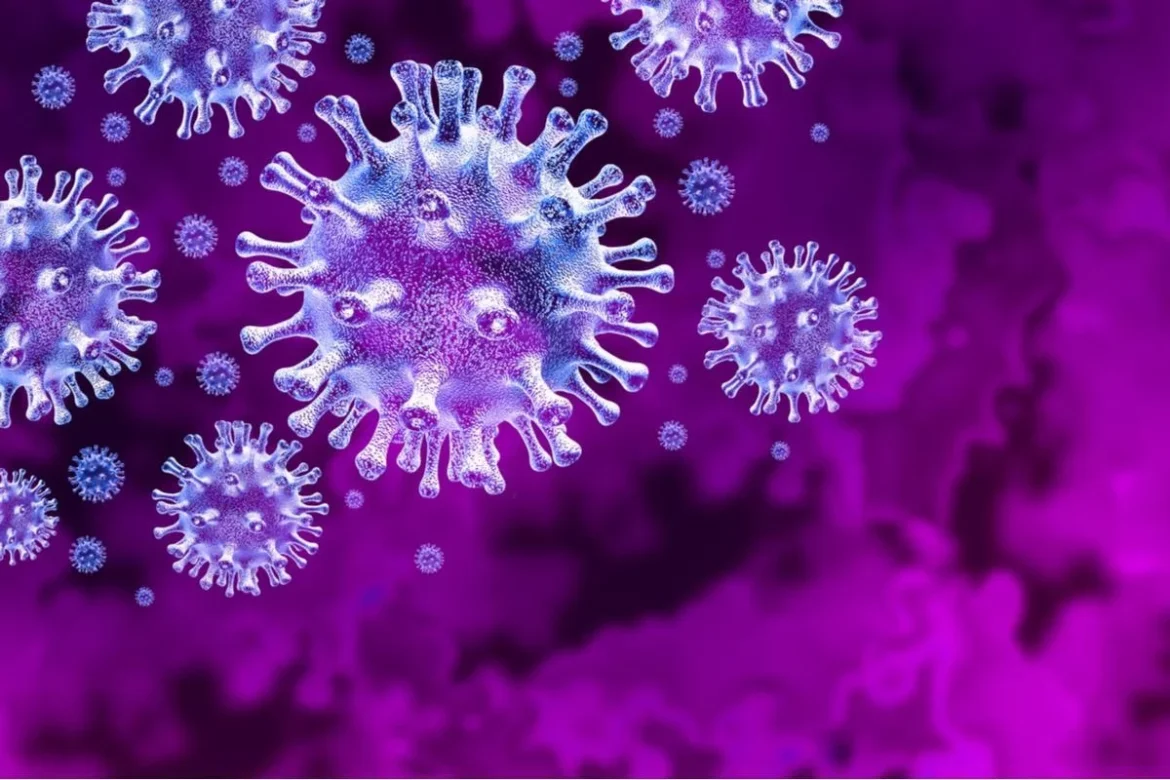The surface of a cell, which is coated with tens to hundreds of thousands of chemicals that help immune cells discriminate between friend and foe, can expose the secrets of the cell. Some of those projecting molecules are antigens that induce the immune system to attack, but detecting those antigens in the molecular forest can be difficult due to individual differences.
The study’s findings were published in the journal Nature Methods. A team of Stanford researchers led by Polly Fordyce, an Institute Scholar at Sarafan ChEM-H, has developed a novel strategy for predicting which antigens will elicit a significant immune response.
Their strategy might aid researchers in developing more effective cancer immunotherapies.
T cells, a kind of immune cell, crawl and squish their way through the body, utilising T cell receptors to molecularly read peptides, or tiny fragments of protein – which are nestled inside bigger proteins called major histocompatibility complexes (pMHCs) that extend from cell surfaces.
Healthy host cells express a variety of pMHCs that do not elicit an immune response; nevertheless, when T cells detect disease-indicating peptides, they become activated and seek out and destroy cells containing these alien signatures. Understanding how T cells identify these antigenic peptides from host peptides in order to avoid killing host cells by mistake has long been a mystery.
“In a sea of 10,000 or 100,000 non-antigenic peptides expressed on cell surfaces, a T cell may recognise a single antigenic peptide,” said Fordyce, an assistant professor of bioengineering and genetics.
The T cell crawl holds the secret to selectivity. T cell sliding stresses the links between receptors and peptides, which in most circumstances is enough to break the binding. However, it can occasionally have the opposite effect. Chris Garcia, co-author of the paper and professor of molecular and cellular physiology and structural biology, and colleagues had previously demonstrated that the more antigenic peptides had greater interactions with T cell receptors in response to sliding.
“It’s kind of like a Chinese finger trap,” Fordyce explained. “When you tug on the receptor-antigen relationship a little bit, the binding really lasts longer.”
Cellular impersonation of Antigens
Identifying the optimum antigen-receptor combinations necessitates applying that sliding, or shear, force between a peptide and a T cell while simultaneously measuring T cell activation, preferably hundreds of times to obtain repeatable data for many different peptide/T cell receptor couples. Existing approaches, however, are time-consuming and can result in only assessing one peptide with hundreds of T cells in a single day.
Yinnian Feng, the study’s first author, devised a method that allowed the researchers to measure 20 distinct peptides interacting with thousands of T cells in less than five hours.
They created tiny spherical beads from a polymer that swells when heated and affixed a few molecules of a specific peptide-studded pMHC to their surfaces to create a simpler system that resembles cells with dangling peptides. After placing a T cell on each bead and waited for receptors to attach to the peptides, they gently heated the bead. The bead’s expansion lengthens the distance between the tether points, and the resulting stretching of the T cell simulates the force it would feel sliding over cells in the body. The scientists then assessed how active the T cells were after exerting that force.
They could run hundreds of distinct trials in parallel by labelling each bead with a different colour, allowing them to follow many different pMHCs. After each run, they captured two sets of photos that they tiled over each slide: one that informs them which pMHC a certain bead is showing and another that tells them how active each T cell atop that bead is. Cross-referencing those photos reveals which antigens elicited the most powerful T cell responses.
With 21 distinct peptides, the scientists demonstrated that their results verified known activating and non-activating peptides for one T cell receptor and found a previously new antigen that generated a significant T cell response. They have already begun to address a challenge in immunotherapy by collaborating with the Garcia lab: the T cell receptors that form the highest affinity interactions with antigens in the lab are frequently activated by non-antigenic peptides in the body, a dangerous side effect that leads to the killing of healthy cells.
The researchers used their approach to describe T cell receptors designed to exclusively detect tumour antigens while avoiding off-target response. They want to develop libraries of over 1,000 peptides in the future to discover new antigens. They anticipate that this strategy, which is rapid and needs few cells, or a modified version of it, may be utilised to develop tailored immunotherapies one day.
Also Read: Children with Down syndrome like crispy, oily meals and avoid sticky ones
“This platform can aid in attempts to create T cells that selectively target cancer cells, as well as determining which antigens are capable of potently activating a patient’s own T cells to more effectively target cancer cells,” Fordyce explained.
Follow Medically Speaking on Twitter Instagram Facebook





